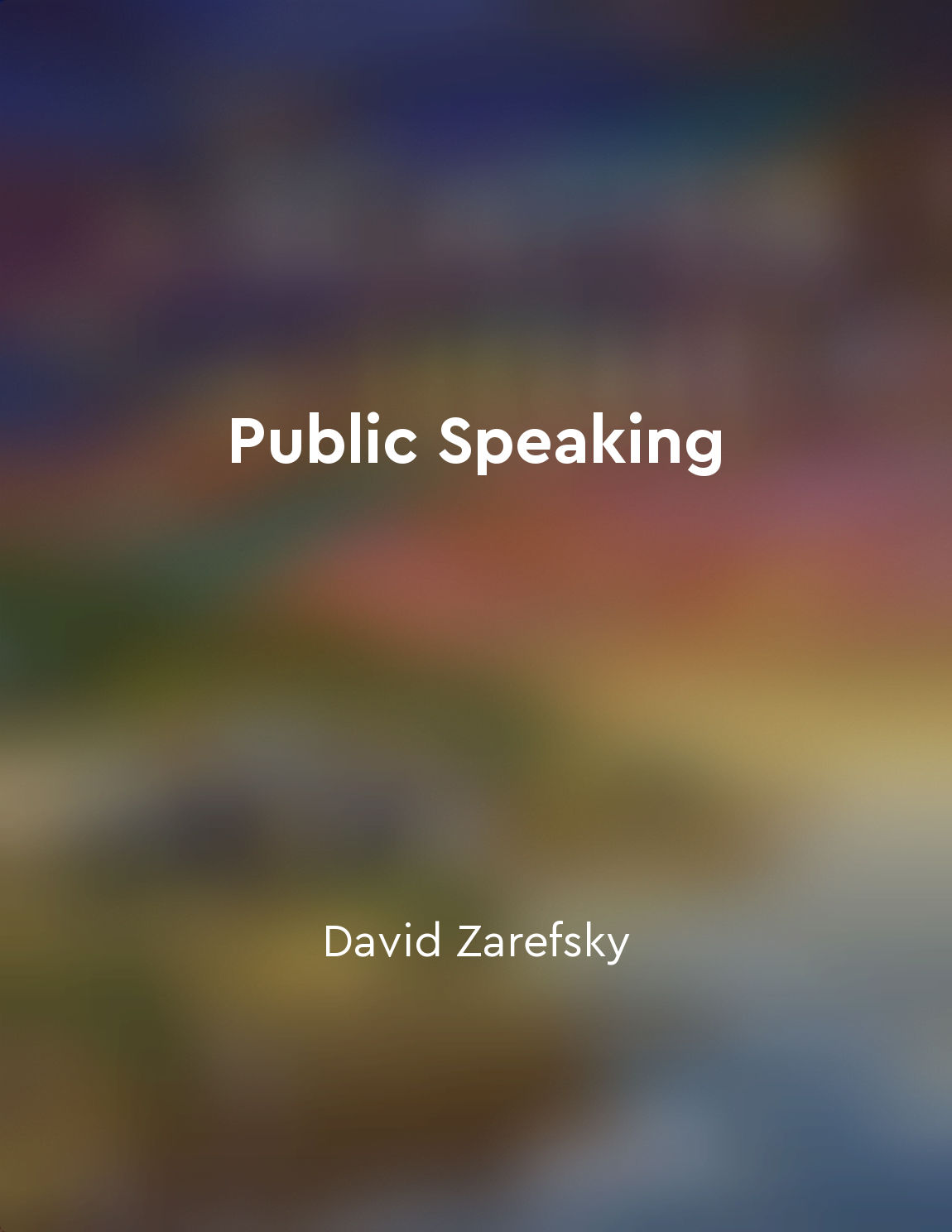Consider accessibility for all visitors from "summary" of The Design of Educational Exhibits by M. B. Alt,D. C. Gosling,Dr R S Miles,R. S. Miles
When designing educational exhibits, it is essential to keep in mind the diverse range of visitors who will interact with the display. Ensuring accessibility for all visitors is a key consideration in creating an inclusive and engaging experience. Each visitor may bring their own unique background, abilities, and preferences to the exhibit, and it is important to accommodate these differences to provide a meaningful learning experience for everyone. One crucial aspect of accessibility is simplicity. The information presented in the exhibit should be clear and easy to understand for visitors of all ages and levels of education. Complex concepts should be broken down into digestible pieces, using language that is accessible to a wide audience. Avoiding jargon and technical language can help make the exhibit more inclusive and engaging for all visitors. Clarity is also essential in ensuring accessibility for all visitors. Visual elements, such as text, images, and graphics, should be presented in a way that is easy to read and understand. Using high contrast colors, clear fonts, and appropriate sizing can help make information more accessible to visitors with visual impairments or other disabilities. Additionally, organizing information in a logical and intuitive manner can help visitors navigate the exhibit more easily. In designing educational exhibits, it is important to consider the needs of visitors with diverse backgrounds and abilities. Providing multiple modes of engagement, such as audio guides, tactile models, or interactive displays, can accommodate different learning styles and preferences. Including accommodations for visitors with disabilities, such as ramps, elevators, and accessible seating, can ensure that everyone can fully participate in the exhibit experience.- Considering accessibility for all visitors is essential in creating an inclusive and engaging educational exhibit. By prioritizing simplicity, clarity, and accommodations for diverse needs, designers can create a space that is welcoming and accessible to a wide range of visitors. This approach not only enhances the educational value of the exhibit but also fosters a sense of inclusivity and respect for all individuals who interact with the display.
Similar Posts
Incorporate surprise elements
Steve Jobs was a master at captivating his audience by incorporating surprise elements into his presentations. He understood th...
Engage your audience through interactive elements in your speech
To captivate your audience during a speech, it is essential to incorporate interactive elements that stimulate their participat...

Create a strong opening to grab your audience's attention
To capture your audience's attention effectively, you must begin your speech with a strong opening. This initial part of your p...
Be mindful of nonverbal communication cues when interacting with others
Nonverbal communication cues play a crucial role in our interactions with others, often conveying more meaning than words thems...
Consider accessibility for all visitors
When designing educational exhibits, it is essential to keep in mind the diverse range of visitors who will interact with the d...
Tailor your message to your audience's interests
To be an effective communicator, you must always keep your audience in mind. When crafting your message, you must tailor it to ...
Eliminate distractions during study sessions
When it comes to studying effectively, one of the most important things you can do is to eliminate distractions during your stu...
Aligning touchpoints with user needs improves experiences
When touchpoints are aligned with user needs, the overall experience is improved. By understanding what users are looking for a...

